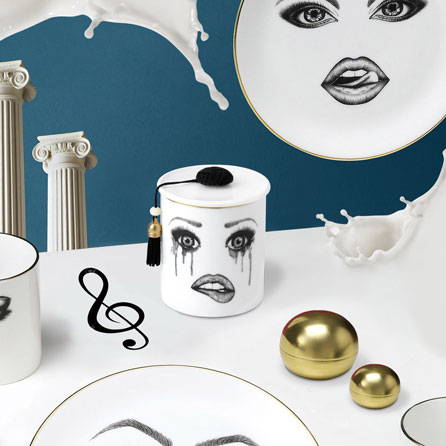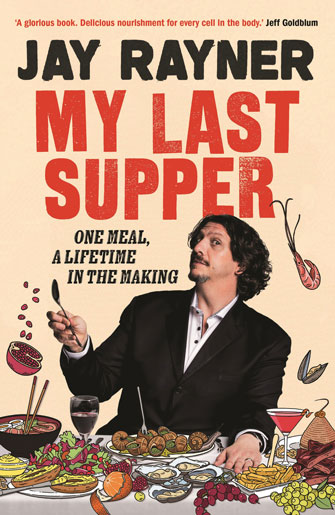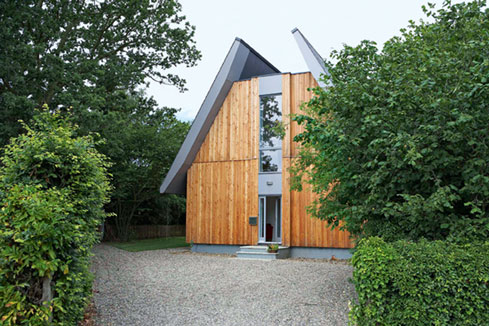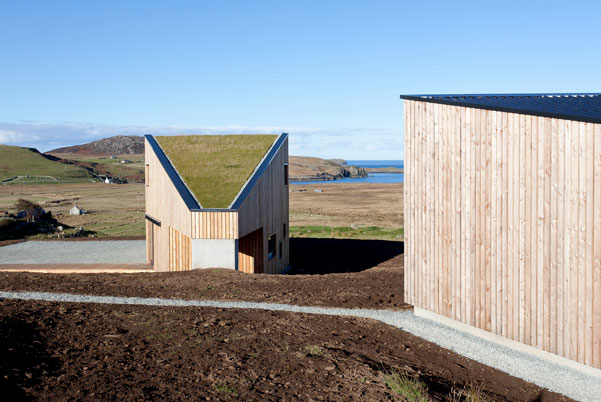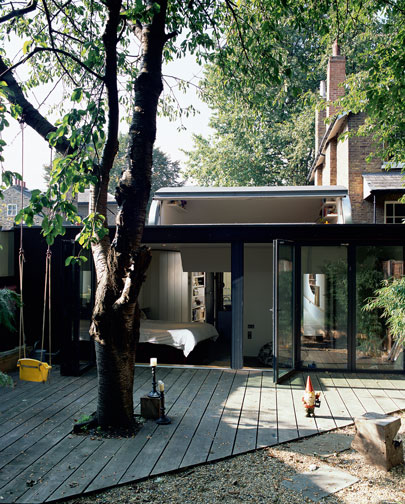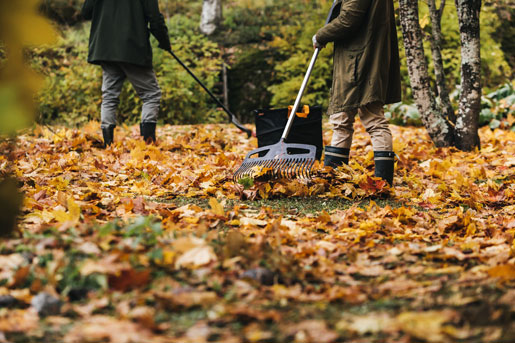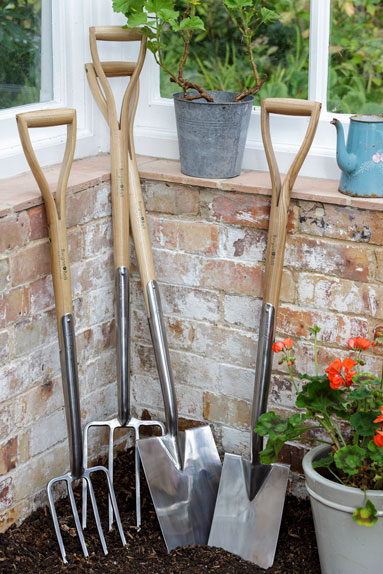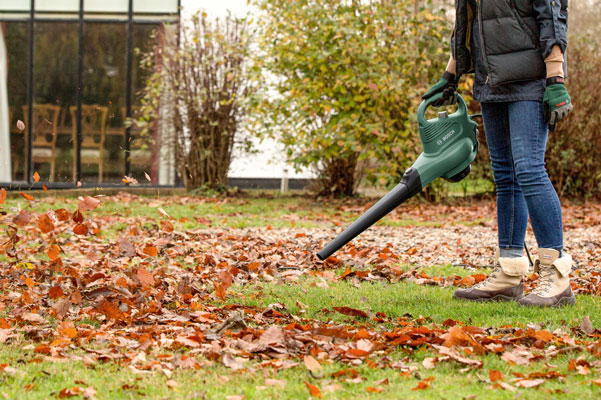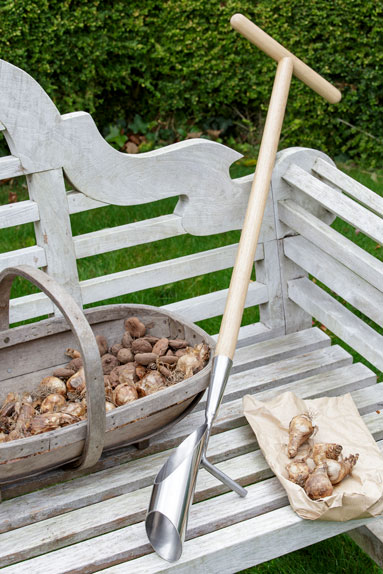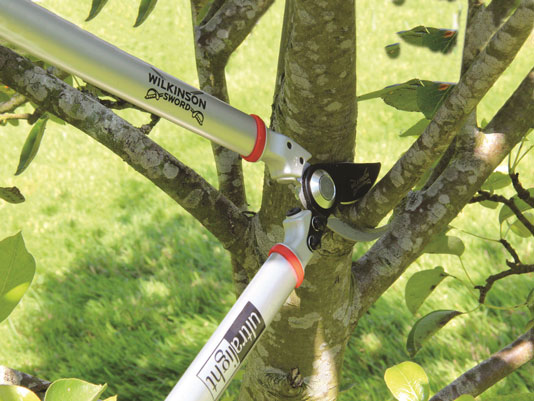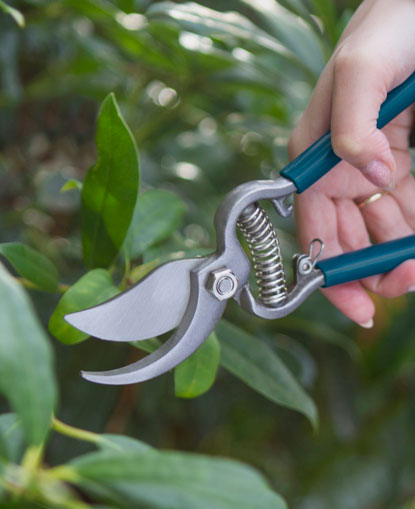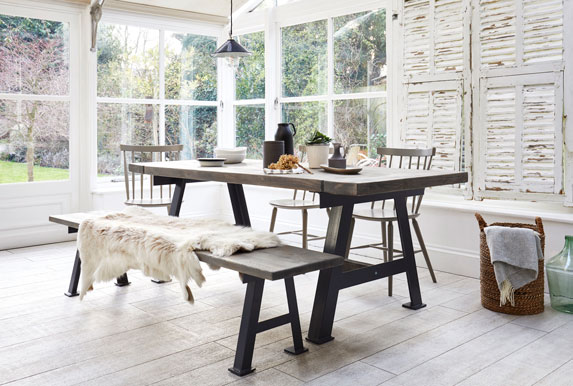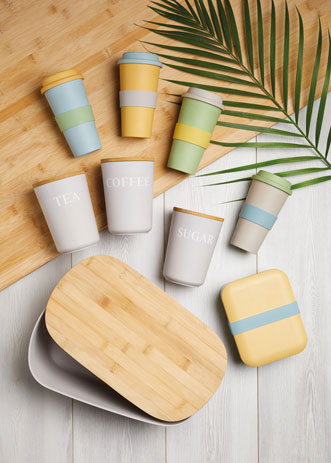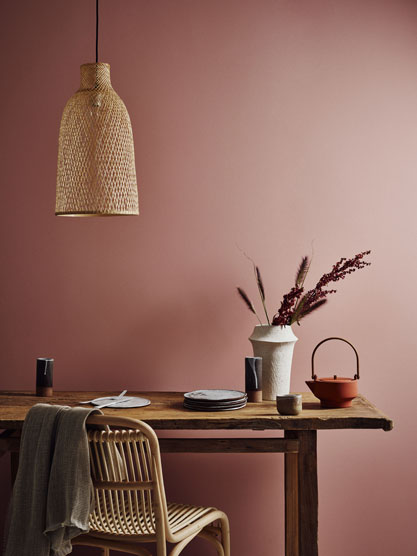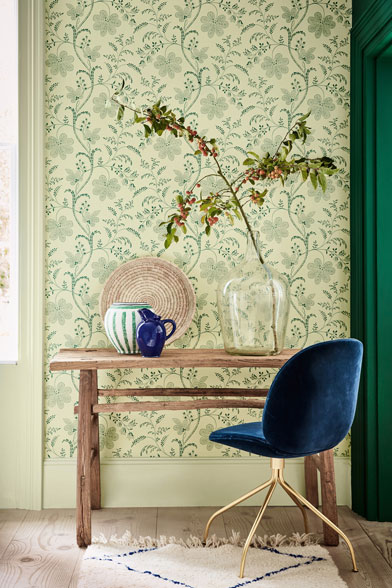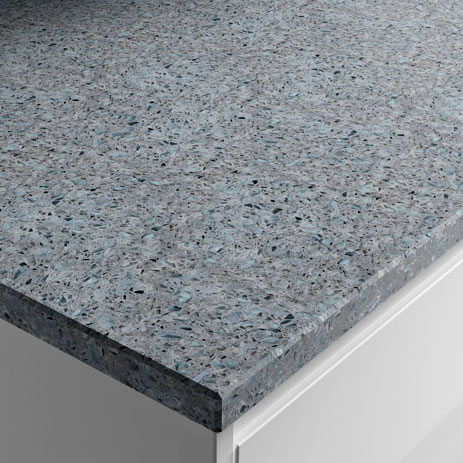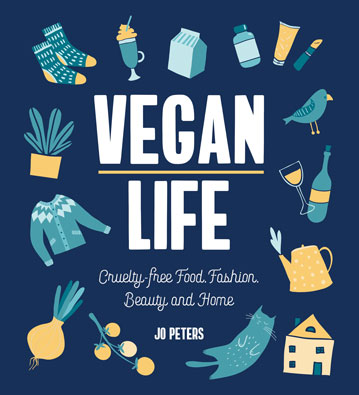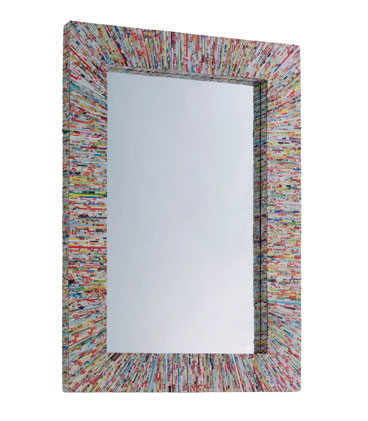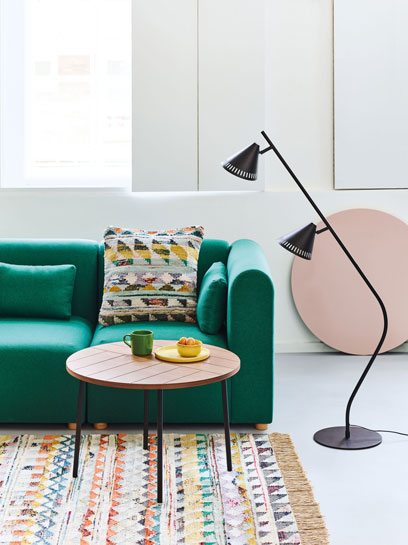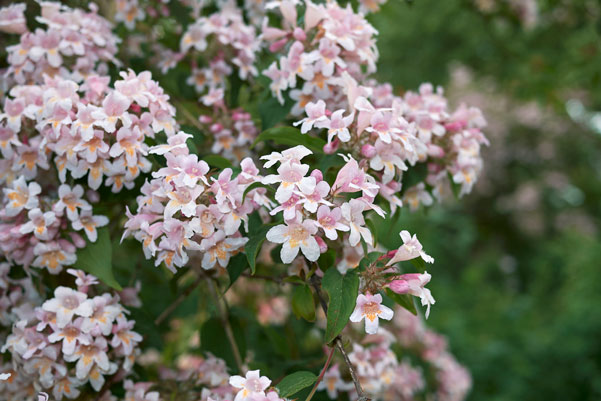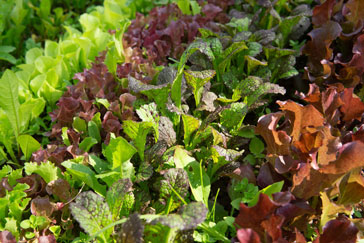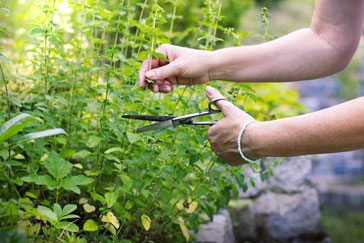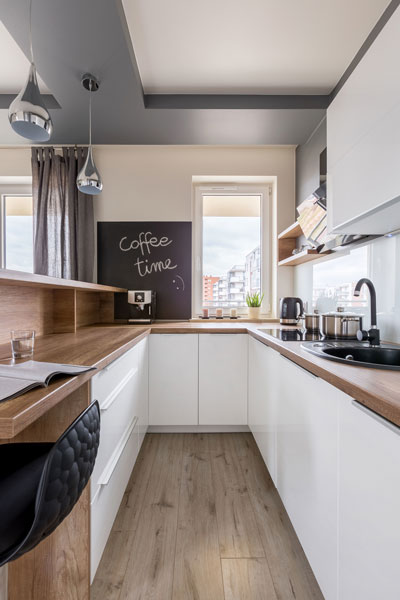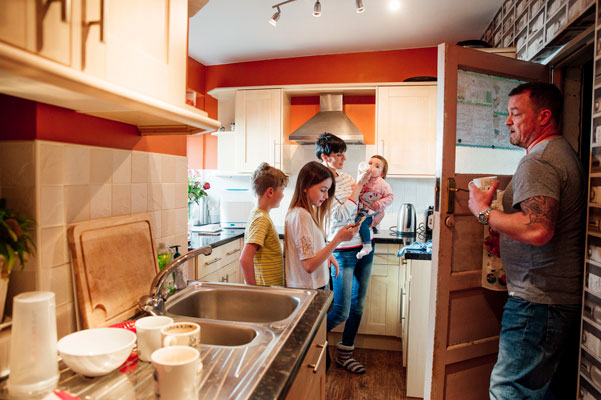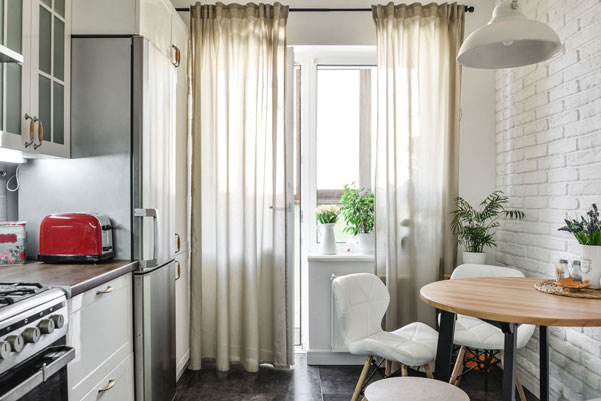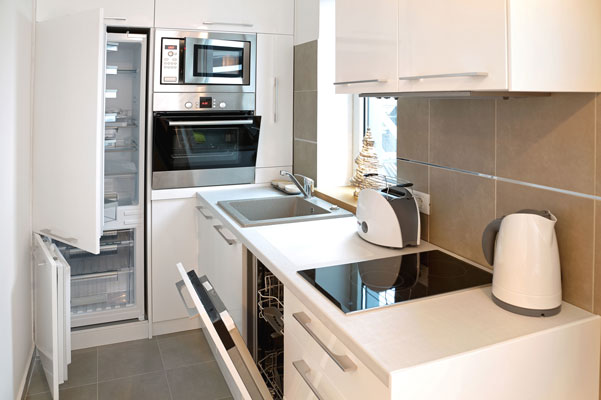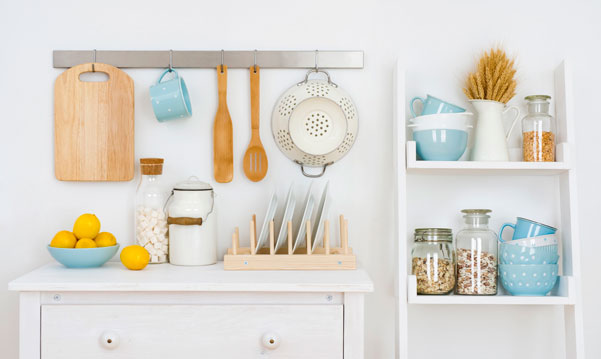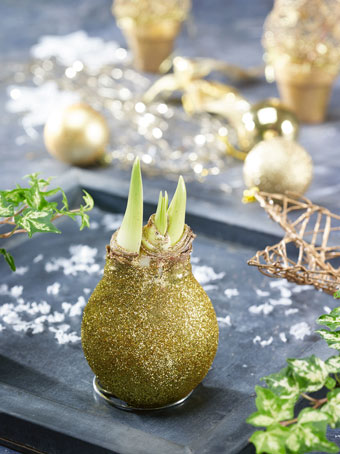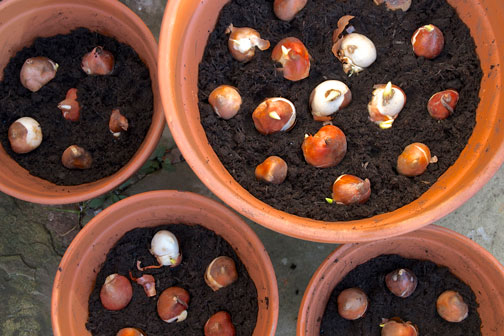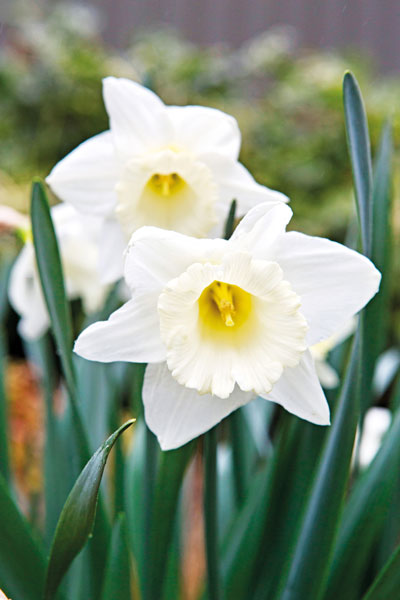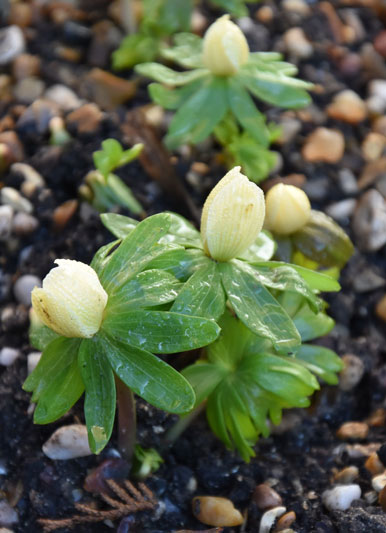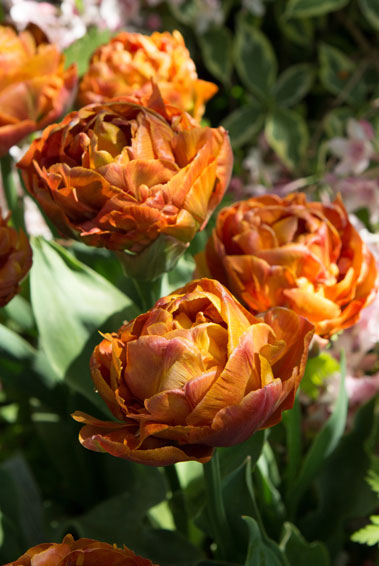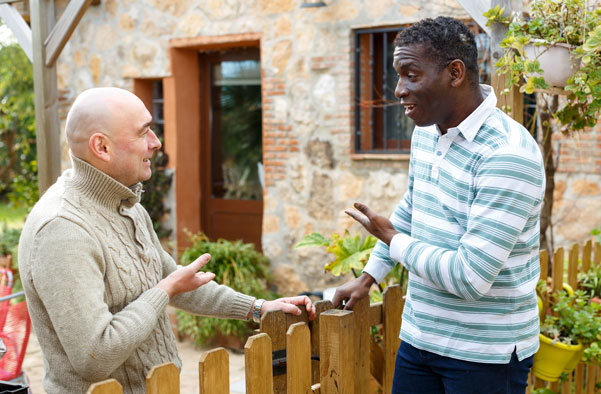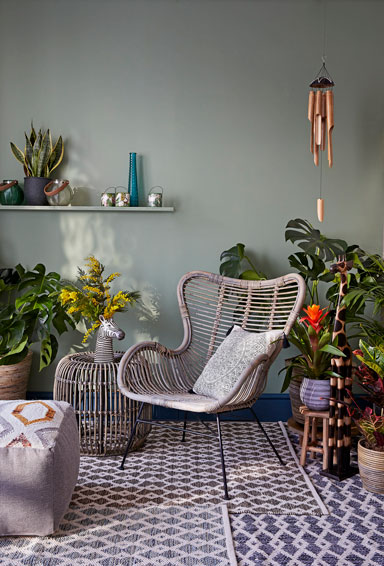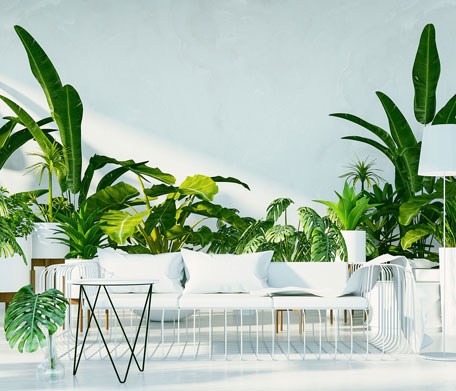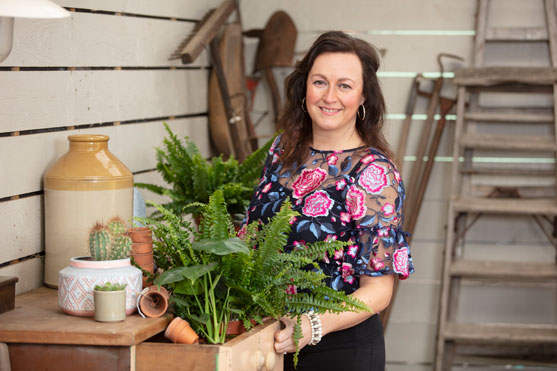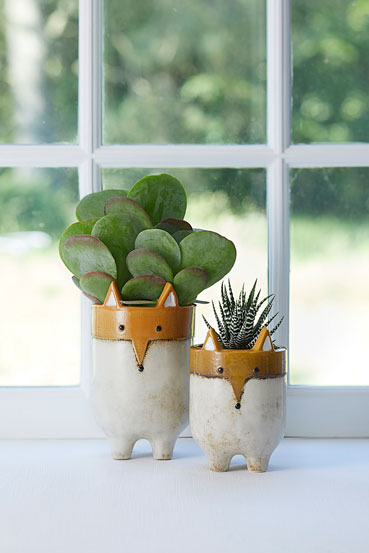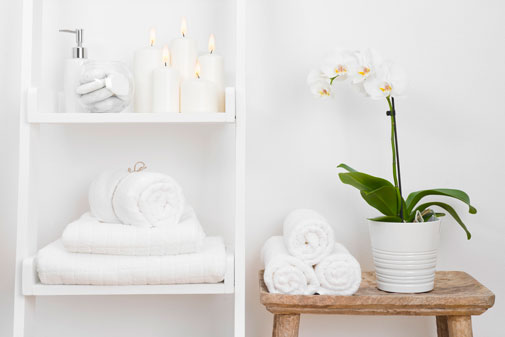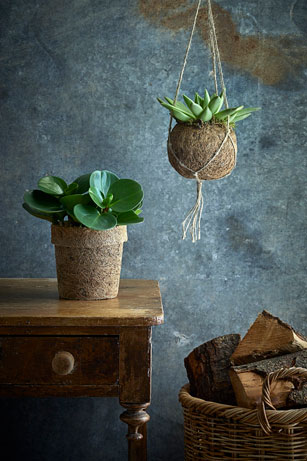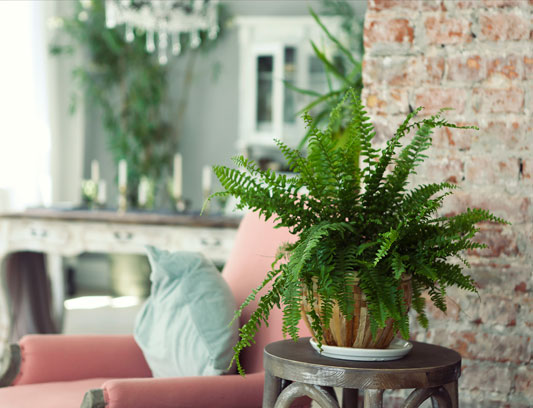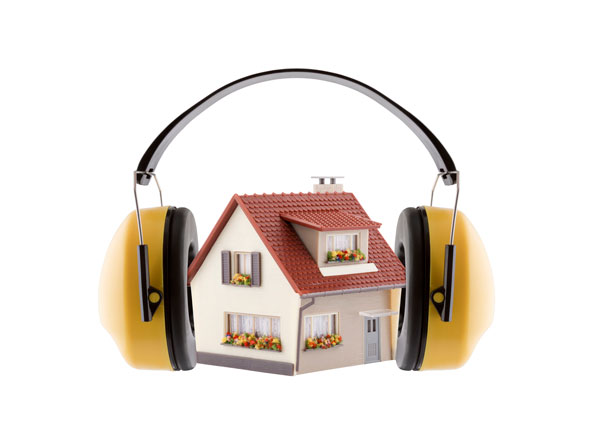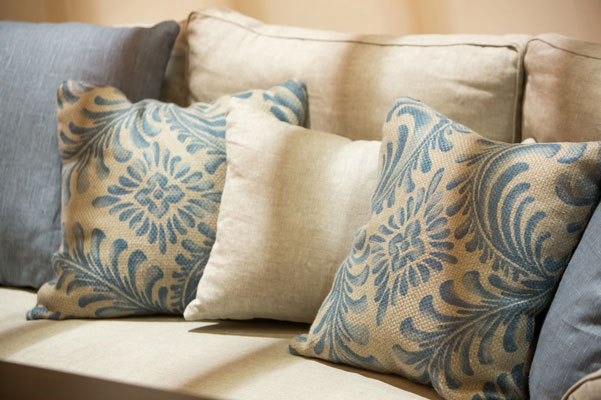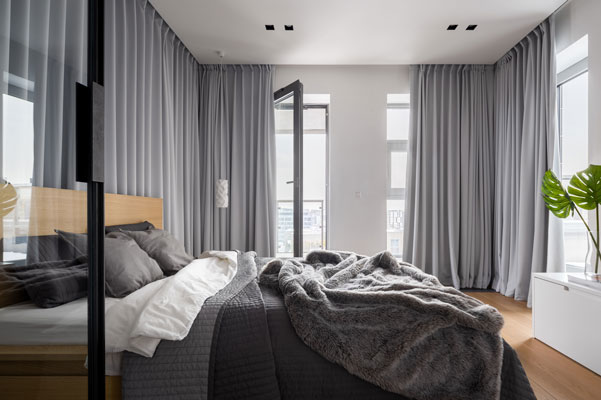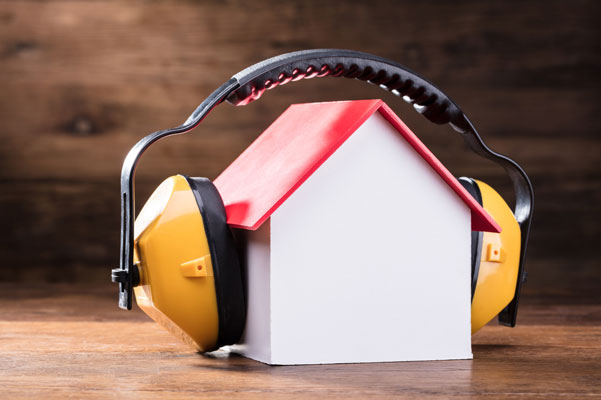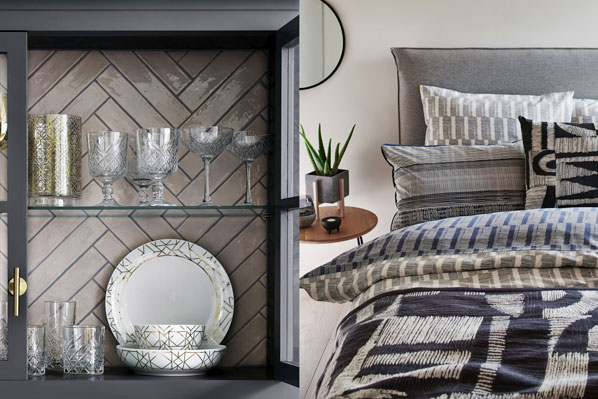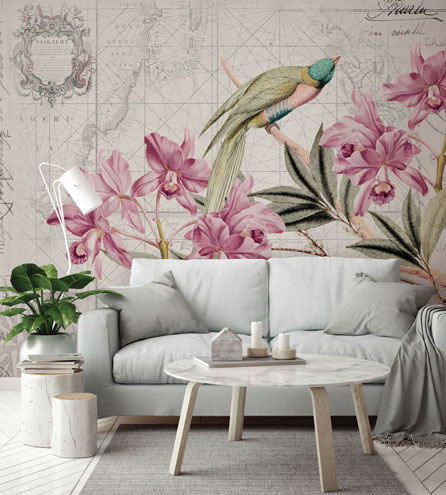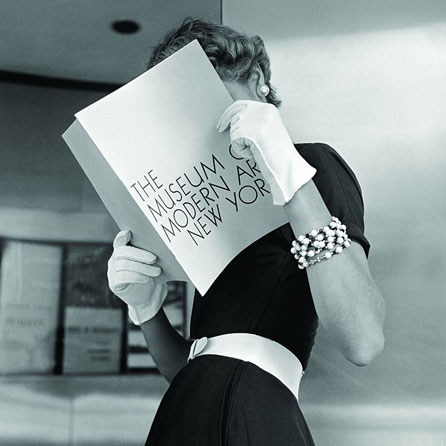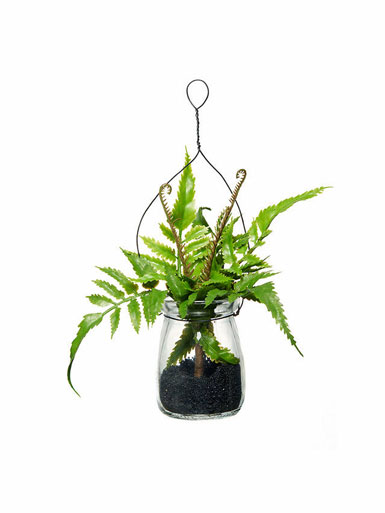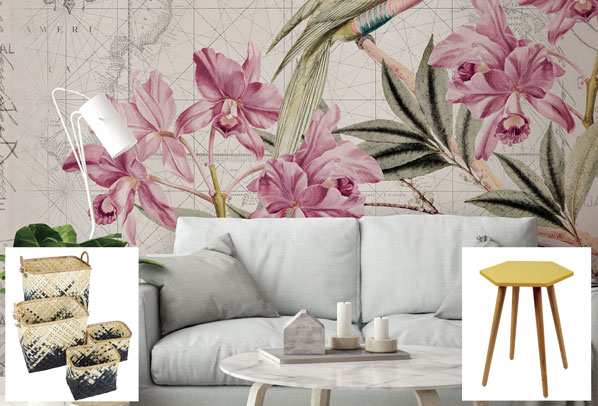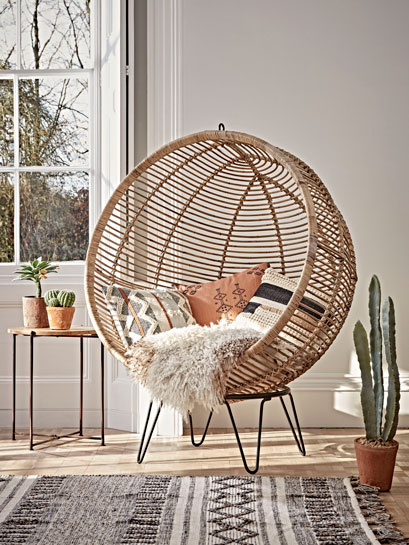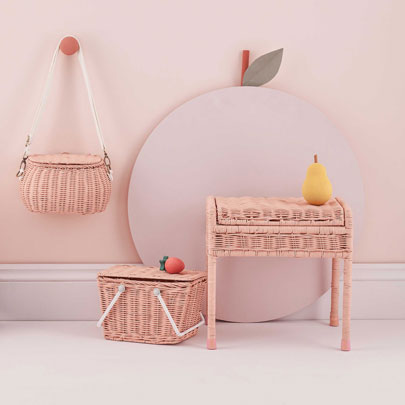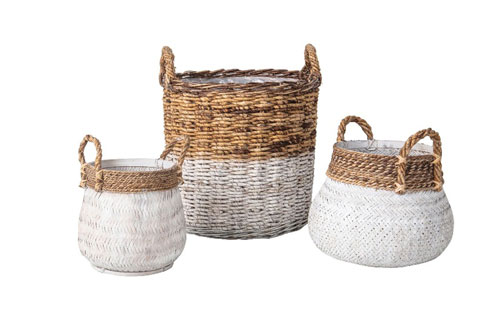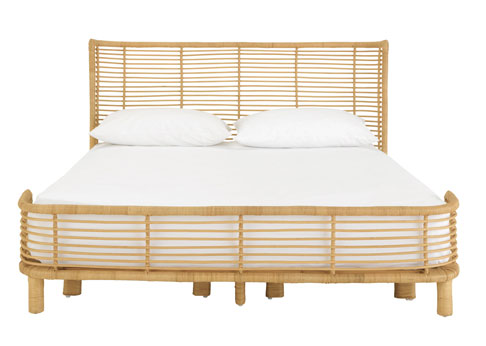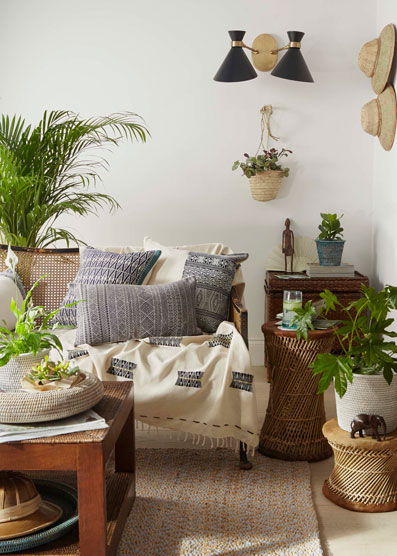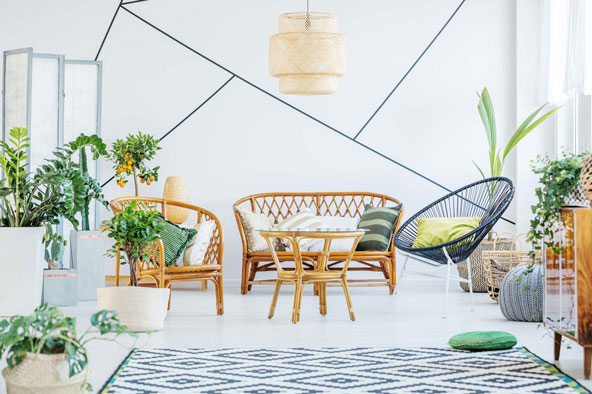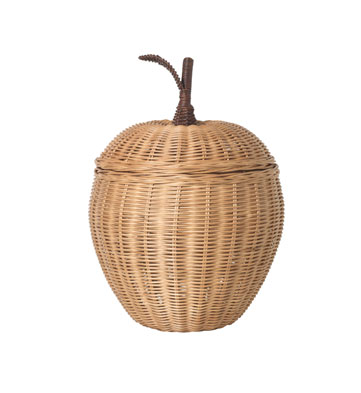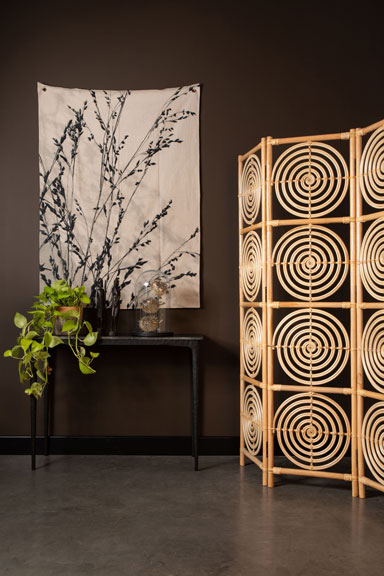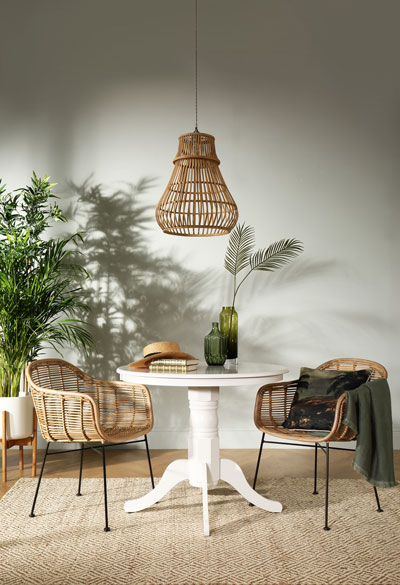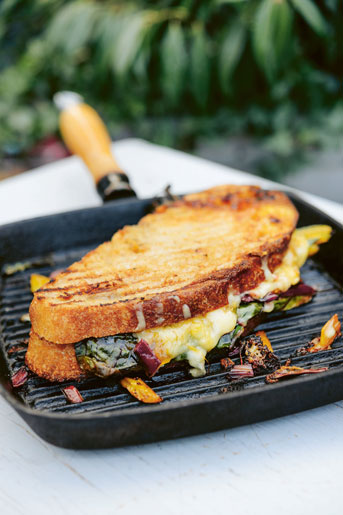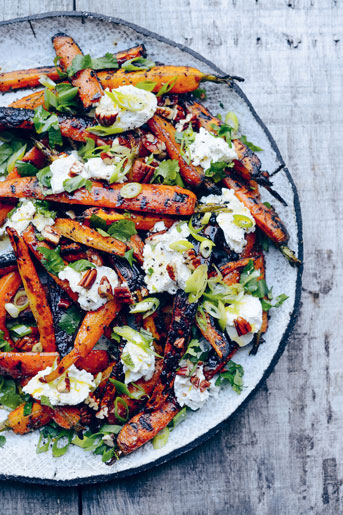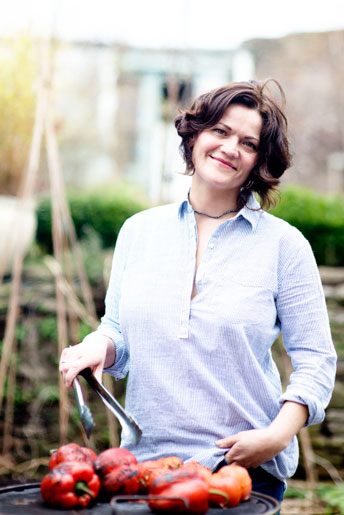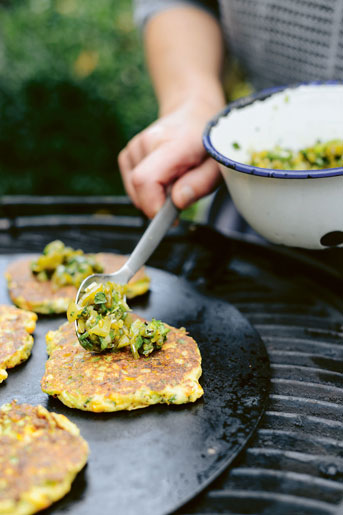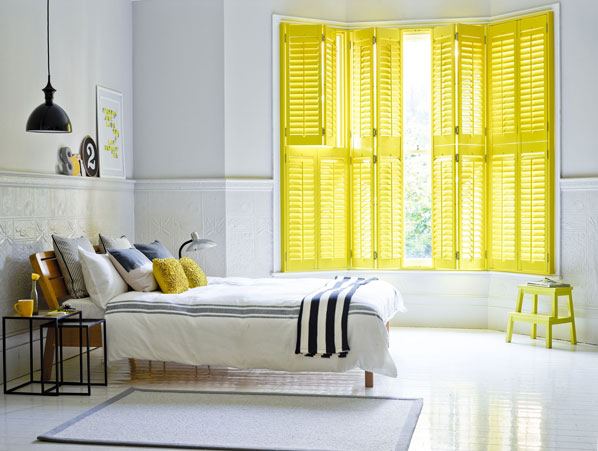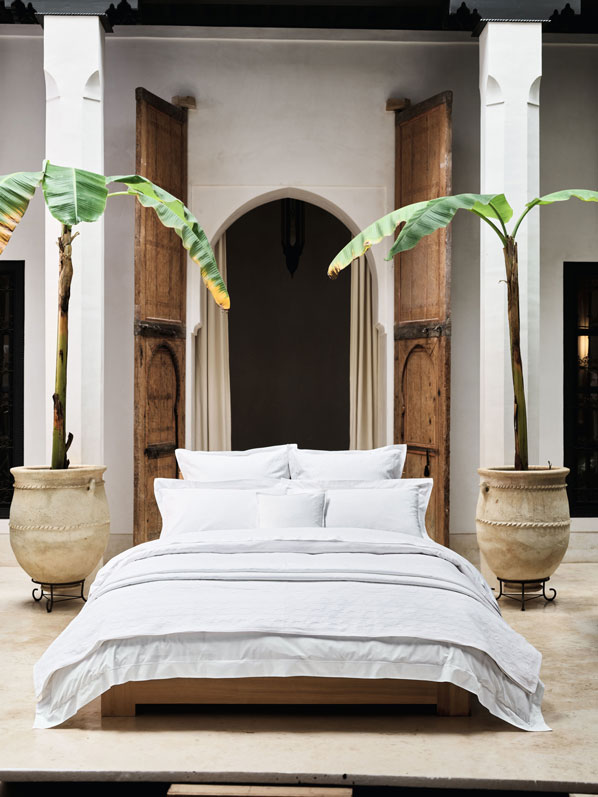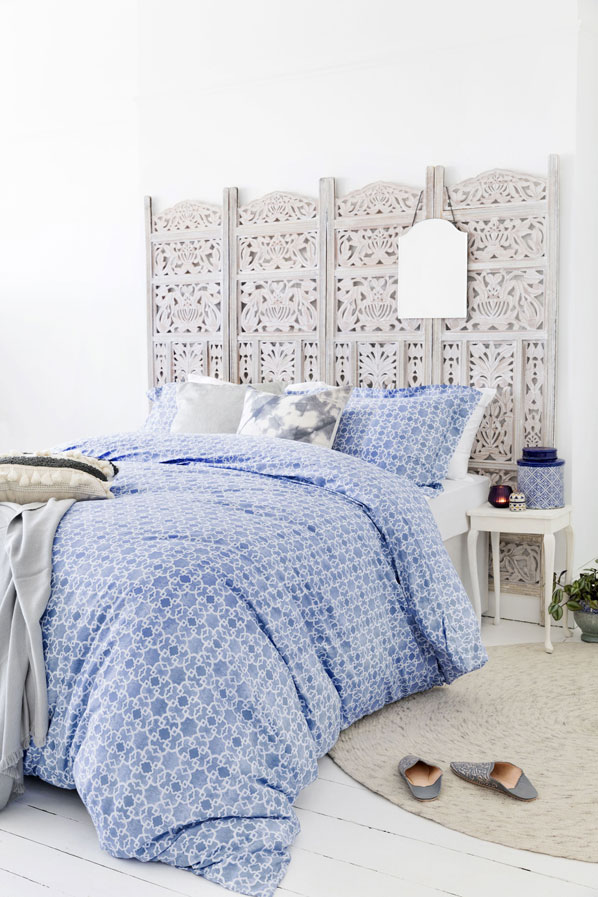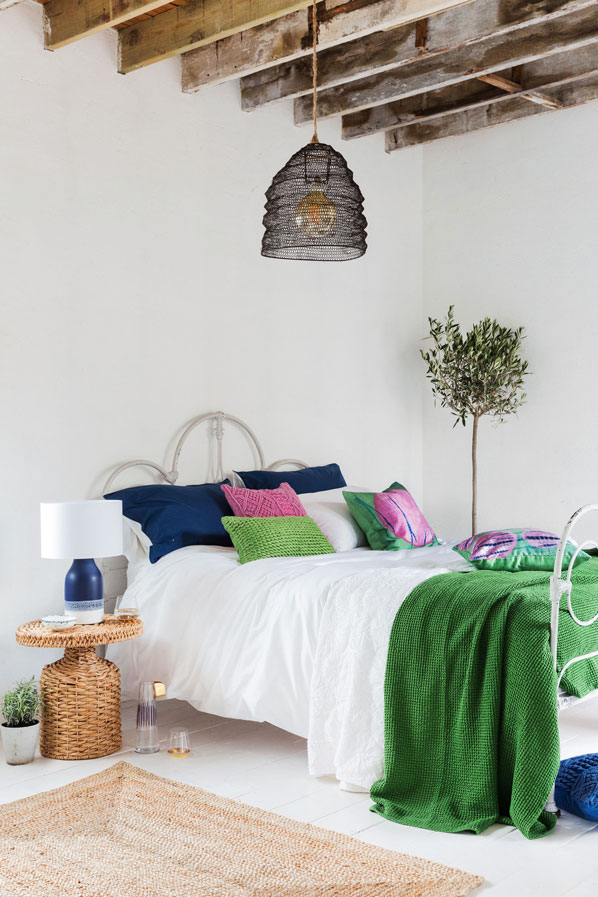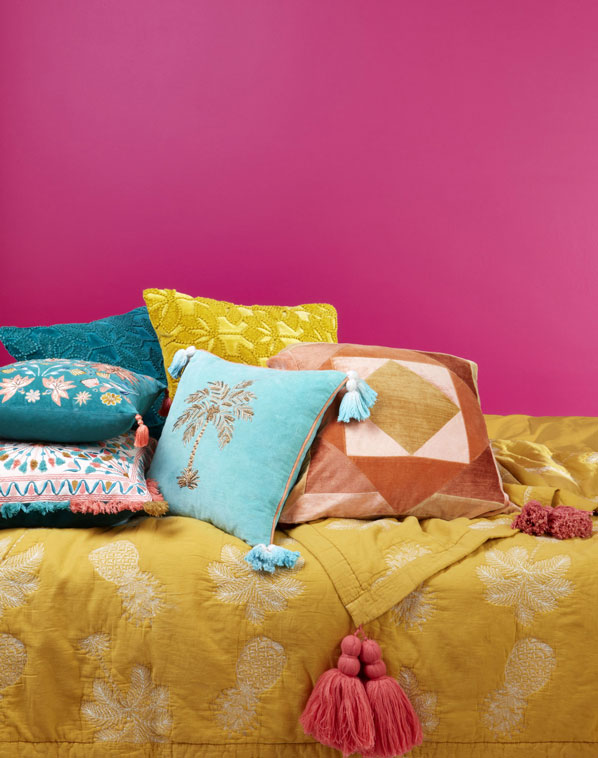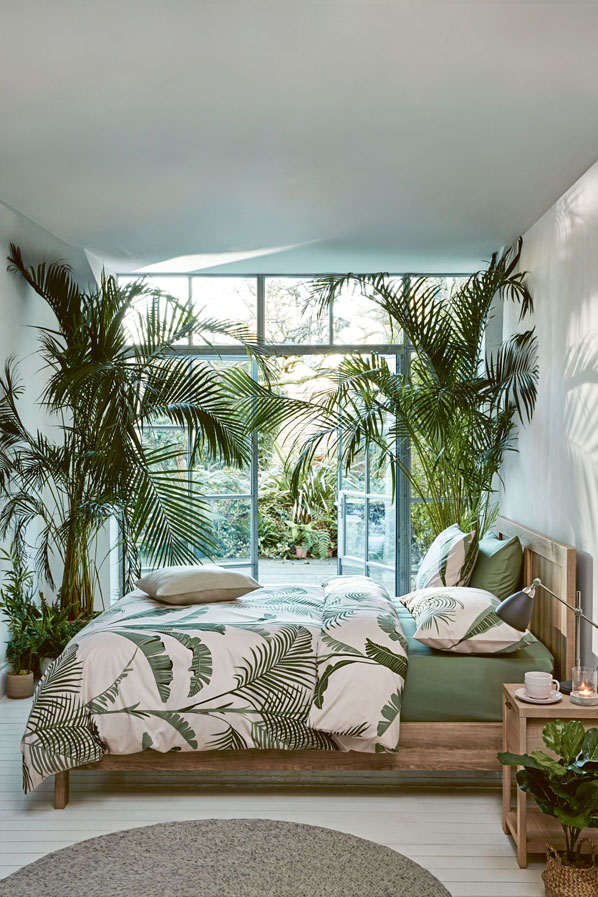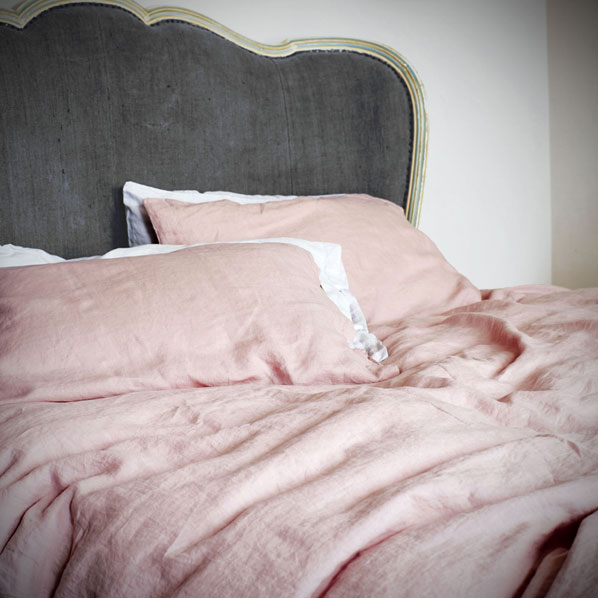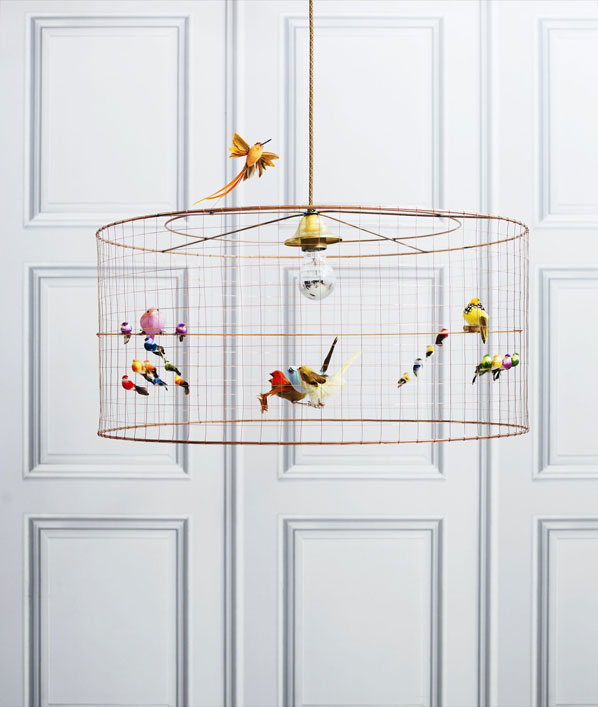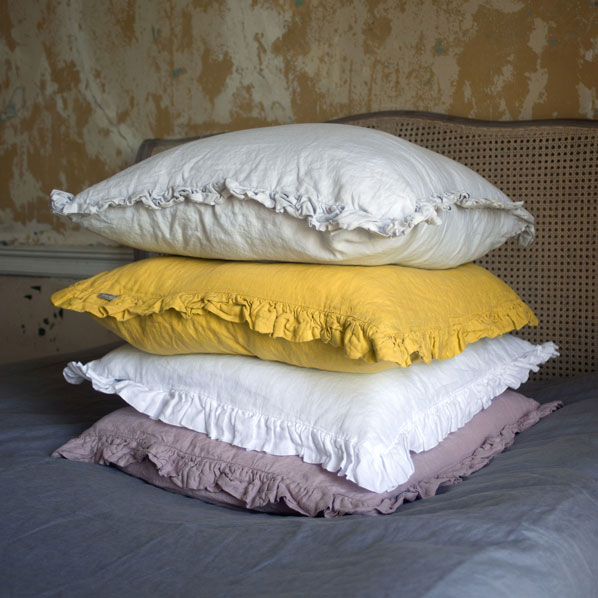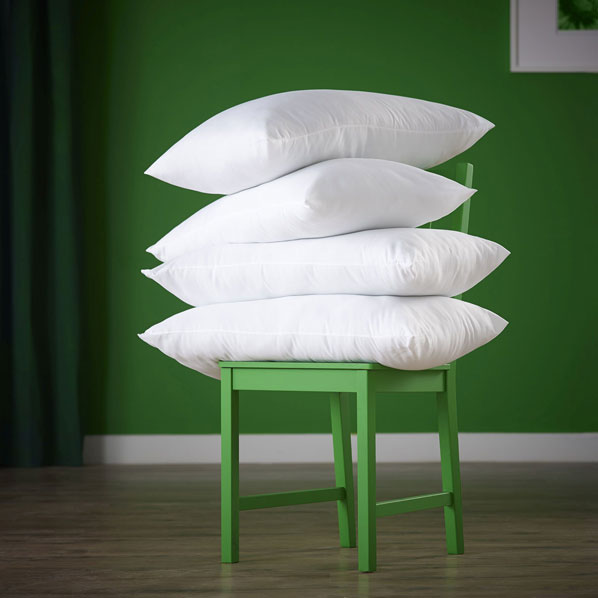From gleaming metals and rich opulence, to unfussy, functional pieces, the dawn of a new decade has something for everyone, says Sam Wylie-Harris.
It may only be autumn, but interior designers are already predicting how we’re going to be dressing our homes in 2020.
So, how’s it looking? To find out, we’ve gone behind the scenes at Top Drawer, the UK’s leading design-led trade event, where Louise Healy-Adonis – trend forecaster and senior strategist at Flamingo – shares her insider insights for the coming seasons.
These items aren’t available to buy yet – but keep an eye out for designs inspired by these themes in stores and online throughout 2020.
From the finest fabrics to brilliant basics, here, Healy-Adonis reveals the key features of 2020’s hottest-tipped interior design and homeware trends, and how we can get the look…
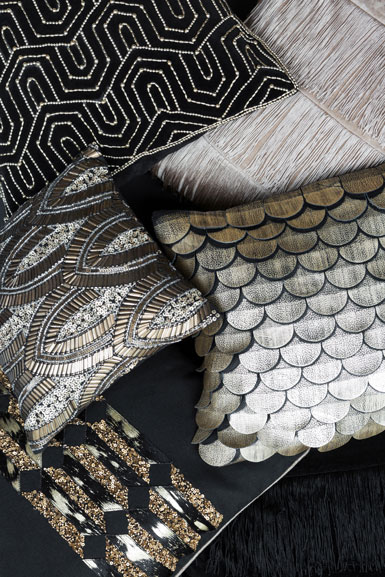
1. Modern Relics
A contrast of delicate and strong shapes and details, with mixed textures. The idea of unearthed antiques interplays with modern materials to create future heirlooms.
“This trend sees classic shapes given a contemporary look through new digital techniques and traditional etched surfaces. Rich textures and luxe gleaming metals add sumptuous elements to rough and irregular black surfaces of unearthed pasts. Add finishing touches to the home to complement the trend such as cushions, glassware or vases,” suggests Healy-Adonis.
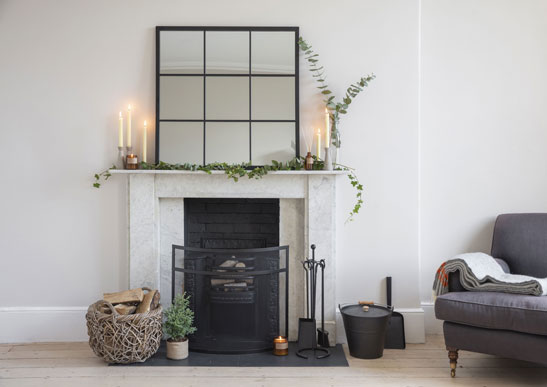
2. Introspection
This trend sees muted, multiple inputs from our surroundings, dialled down into introspective subdued colours and calm tonal blocking. This is not stark minimalism – think meditative and calming with multi textures.
“Soft winter pales and warm neutrals create meditative, clean palettes that are grounded in natural materials,” says Healy-Adonis. “Mixed textures and serene scenes are seen in calm tonal blocking. Colours to invest in include whites, softened teals and olives, dusky pinks and light grey.”
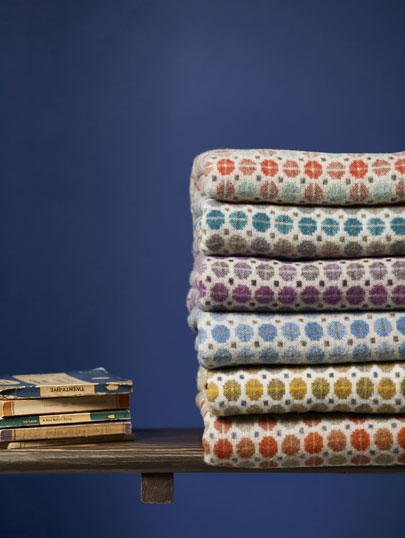
3. Grounded Rituals
This one’s all about a natural autumnal, earthy, tactile vibe that’s tied to nature and wellbeing. These everyday items are elevated through the craft of honest materials and the uniqueness of nature. Answering the need for quiet restorative rituals.
“This trend brings the grounding of nature into the home through raw materials and handmade pieces. One-of-a-kind products are formed in metal accents, woven textiles and tactile wood. This restrained detailing and pared-back palette will enhance the sanctuary of the home,” Healy-Adonis notes.
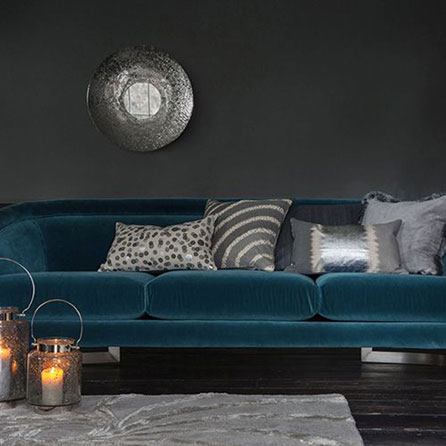
4. Soft Assembly
The retro modern feel combines reassuring nostalgia with playful rounded shapes and graphic prints. Imperfect outlines are key in mid-tone brights, anchored in rich navy and coffee tones.
“Irregular graphics and mid-tone brights will add the modern retro feel to the home. Look out for organic shapes with a sophisticated crafty feel. This will be seen through dining wear, throws and cushions, and decorative items,” explains Healy-Adonis.
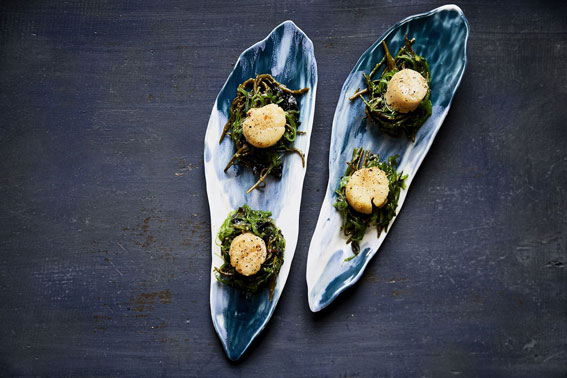
5. Bio Flux
This trend speaks to the mix of organic and hyper-real, where natural looks sci-fi and bio-design is the future, today.
Healy-Adonis says: “This scientific and sterile trend sees a mix of organic shell-like dark tones and iridescence modernise ombre styles. The unique and free-form nature of the materials offer interesting overlays of organic colours.”
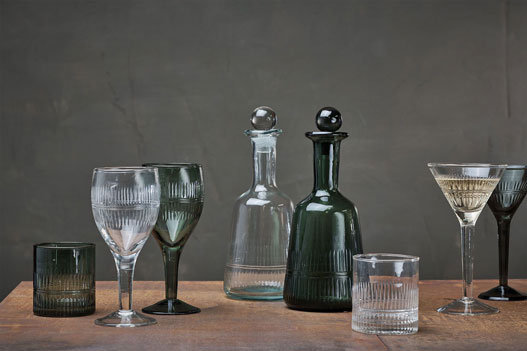
6. Sublime Opulence
Maximalism is muted with a restrained palette of deep blues and yellow golds. Plush velvets and textured metallics reference historical detailing and add a luxurious serenity.
“Tonal blues are still a key trend for 2020, moving into a more yellow tone, adding warmth, calmness yet opulence to the home,” explains Healy-Adonis. “Historical detailing stylised with modern twists including gold-edged art prints, this is a key trend which is staying around for another season.”
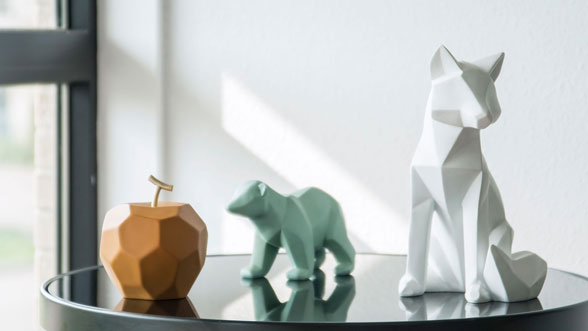
7. Industrial Organics
This trend speaks to the in-between space of man-made and organic, of the chunkiness of old machinery, but with the ease and simplicity needed for an uncomplicated life.
“With the focus on unfussy functional pieces, this trend includes asymmetric bold shapes contrasted with soft tones. Pale dusty pinks and mints, rust, ochre and blues are grounded by warm naturals and stark black,” suggests Healy-Adonis.

